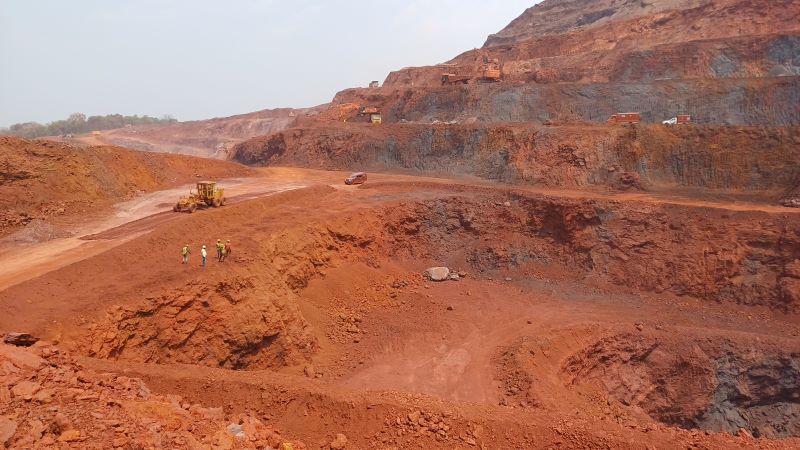Introduction
Mine planning and design are essential components of responsible mining practices. In today’s world, it is crucial to ensure that mining operations are conducted in a manner that minimizes environmental impacts and promotes sustainability. In this blog, we will explore the best practices in mine planning and design that prioritize environmental sustainability. By adopting these practices, mining companies can minimize their ecological footprint and contribute to a more sustainable future.
1. Conducting Comprehensive Environmental Assessments
Before initiating any mining project, it is crucial to conduct comprehensive environmental assessments. These assessments evaluate the potential impacts on the surrounding ecosystems, including air and water quality, wildlife habitats, and biodiversity. By understanding the environmental baseline, mining companies can develop strategies to mitigate and minimize adverse effects on the environment.
2. Implementing Sustainable Mining Techniques
Mining companies are increasingly adopting sustainable mining techniques to reduce the ecological impact of their operations. These techniques include:
- Efficient Resource Management: Implementing technologies and practices that optimize resource usage, such as energy-efficient equipment and water recycling systems, helps minimize waste and conserve valuable resources.
- Selective Mining Methods: Utilizing selective mining methods, such as underground mining or precision surface mining, allows for targeted extraction of minerals while minimizing the amount of waste generated.
- Reclamation and Rehabilitation: Prioritizing land reclamation and rehabilitation efforts ensures that disturbed areas are restored to their original or improved condition after mining activities are completed.
3. Engaging Stakeholders and Local Communities
Meaningful engagement with stakeholders and local communities is vital for successful mine planning and design. By involving local communities, indigenous groups, and other stakeholders, mining companies can gain valuable insights and perspectives, fostering a collaborative approach to environmental sustainability. Open communication and transparent decision-making build trust and allow for the incorporation of local knowledge and concerns into the mine planning process.
4. Monitoring and Continuous Improvement
Regular monitoring of environmental parameters is essential to ensure compliance with environmental regulations and to identify potential issues early on. Mining companies should establish robust monitoring systems for air quality, water quality, and land rehabilitation progress. By collecting and analyzing data, companies can make informed decisions and implement necessary adjustments to their mining practices, continuously improving environmental performance.
Conclusion
Adopting best practices in mine planning and design is crucial for mining companies aiming to achieve environmental sustainability. By conducting comprehensive environmental assessments, implementing sustainable mining techniques, engaging stakeholders and local communities, and embracing continuous monitoring and improvement, mining operations can minimize their ecological footprint and contribute to a greener future. By prioritizing environmental sustainability, mining companies play a significant role in balancing resource extraction with responsible environmental stewardship.


